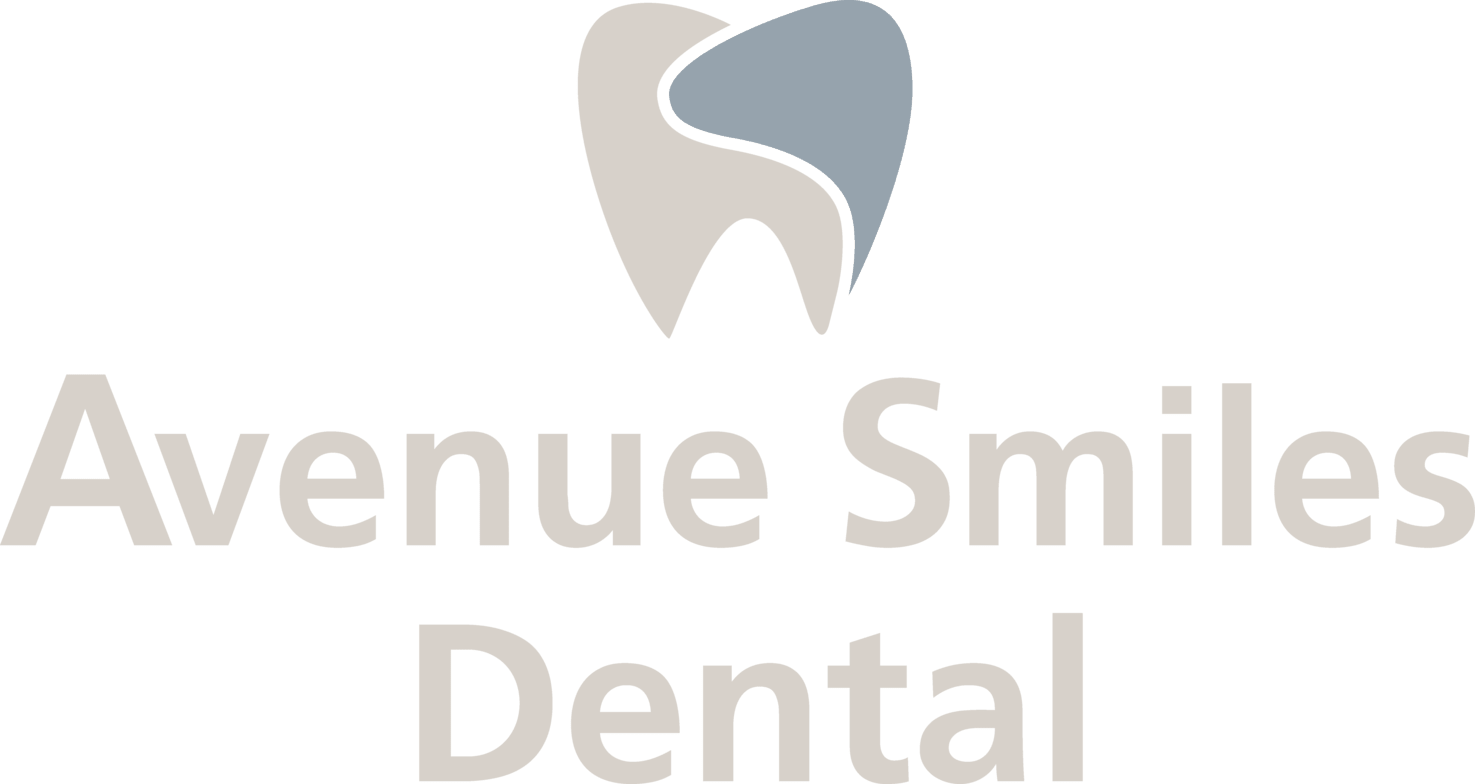NATURAL ORAL CARE
Cavities and Dental Decay
Dental cavities, also called dental caries, are caused by tooth decay, and are an oral health concern impacting patients of all ages. Cavities are caused by oral bacteria, sugary diets, and inadequate oral hygiene. A comprehensive treatment plan is pivotal for sustaining oral wellness. Our dental practice is committed to aiding patients in crafting effective oral health routines to ensure their mouths are clear of cavities and other oral health issues. By understanding the origins of cavities and implementing proper oral hygiene habits, patients can significantly reduce their risk of dental decay.
YOUR GUIDE TO PREVENTION
Understanding and Preventing Tooth Decay
Tooth decay, or dental cavities, is one of the most common oral health concerns caused by harmful bacteria in the mouth. These bacteria feed on sugars and carbohydrates, producing acids that wear down enamel, the protective outer layer of the teeth. Factors such as frequent snacking on sugary or acidic foods, poor brushing and flossing habits, and reduced saliva flow all increase the risk. If left untreated, decay can lead to pain, infection, and even tooth loss.
At Avenue Smiles Dental, prevention is always the priority. Early signs of cavities may include sensitivity, visible spots or holes, discomfort when chewing, or persistent bad breath. By understanding what causes cavities and recognizing the symptoms, patients can act early and avoid further complications. Our team partners with you to build healthy daily habits and maintain lifelong oral health.
KEEP CAVITIES AWAY
Cavity Prevention Tips
Preventing tooth decay requires both consistent at-home care and regular dental visits. To keep your smile healthy:
- Brush twice a day with fluoride toothpaste
- Floss daily, especially after meals
- Maintain a balanced, low-sugar diet
- Drink water throughout the day to stay hydrated
- Avoid tobacco products
- Chew sugar-free gum to stimulate saliva
- Ask about dental sealants for added protection
- Visit your dentist every 4–6 months for professional care
At Avenue Smiles Dental, we provide the education, tools, and personalized support you need to prevent decay and protect your smile for years to come.



